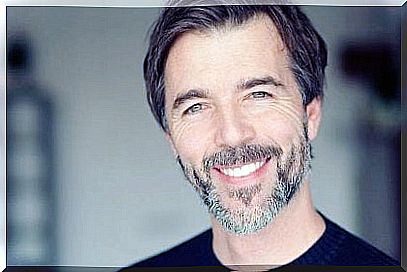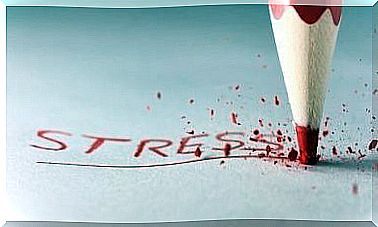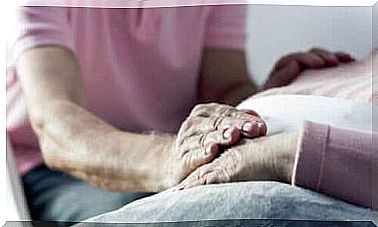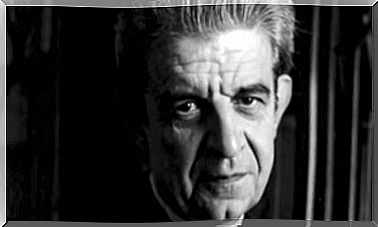The Power Of Duchenne’s Smile

It is said of Duchenne’s smile that it is the most authentic. That he moves by his sincerity. That he enchants with his magic and the positive emotions he transmits. Thus, among all the expressions that a human face can express, this one is undoubtedly one of the most attractive and captivating. The science of smiles has been studying Duchenne’s smile for years because of its very powerful effect.
Some people define smiles as social tools. But a smile is more than that. Human beings come into the world with this social mechanism imprinted in their DNA. Even blind people smile automatically without ever having seen a smile. It is this spontaneous spring that improves mood. Who optimizes relationships. And which allows us to convey emotions without needing to speak.
It should be noted that this marvelous social expression presents various varieties. Not all smiles are the same and one of them stands out in a prodigious way. We are of course talking about Duchenne’s smile, the symbol of authenticity, which bears the name of the doctor, neurologist and pioneer in medical photography of the 19th century, Guillaume Duchenne.
Doctor Duchenne, an expert in physiology of movement, wanted to describe and detail the way in which false smiles differ from genuine smiles. For this, he explained step by step how the smile is drawn and appears on our face. We are talking about an expression that involves, for its formation, a series of muscles of our very complex facial architecture.
This is a very interesting theme, with many nuances, which is worth exploring.

What does science tell us about Duchenne’s smile?
It is possible that many of our readers are skeptical when they hear about a genuine and genuine smile. And they would be right because, as you can imagine, Duchenne’s smile can be imitated and turn into a fake smile with a very specific goal: to seduce, to convince, to attract, to deceive, etc.
Thus, thanks to a study carried out by Tufts University, Massachusetts, and published in the journal British Psychological Society , we could see that after having given a test to a group of 98 participants, about 69% of people could almost perfectly imitate that type of smile.
We say “almost” because a good Duchenne smile expert might notice the falsity of a smile. In this social expression, there is indeed a nuance which goes far beyond the mouth and which is imprinted in the gaze: it is about emotional authenticity.
How to identify Duchenne’s smile?
As Dr Duchenne explained in 1862, the essential characteristic of any smile is the elevation of the corners of the lips, which rise with the help of the muscles of the cheeks. However, Duchenne’s smile has a nuance as singular as it is exceptional, that generated by positive emotion and joy. These are transmitted through the subtle combination of several muscles.
- We are dealing with a type of smile that arises from the contraction of the zygomatic muscles near the mouth. These eventually reach the corners of the lips. And that’s when the nuance we were talking about appears: small wrinkles form around the eyes due to the contraction of the cheeks and the orbicularis muscle near the eyes (orbicularis oculi).
How do you know if a Duchenne smile is genuine or fake?
Paul Ekman is a psychologist recognized for his work in the field of emotions. And especially in their expression. Thanks to him, we now know up to 18 types of smile. But also the emotions associated with them. And the facial muscles that are involved in their training.
- Doctor Ekman tells us that the majority of smiles (even fake ones) obey our will. However, Duchenne’s smile is a reflection of the emotions of the soul.
- This sentence, which may seem a little poetic to us, expresses an idea that he himself demonstrated in a study published in a journal of social psychology. This expression can be seen with a smile. But also with the look. Because it is there that the happiness, the well-being or the most authentic complicity are reflected.
One aspect that we need to know about Duchenne’s smile is that it is controlled by the motor cortex and the limbic system. What does that mean ? Quite simply, it is an expression that involves the most emotional part of the brain. All this makes us say that the real smiles, the most authentic, come from that part of the brain where positive emotions make the eyes contract, giving them a special twinkle.

Therefore, when we are in front of someone who offers us a smile, let us not look at the attractive shape of the lips. Let’s also look for the eyes to see the shine created by positive emotions. Let’s guess the sincerity. The gaze that does not flee. And who hugs deeply …
To conclude, as Daniel Goleman points out in his book Social Intelligence, sad people with fake smiles are extremely numerous. If we work on our emotions and focus on well-being and happiness, we can offer a real Duchenne smile to the world.










